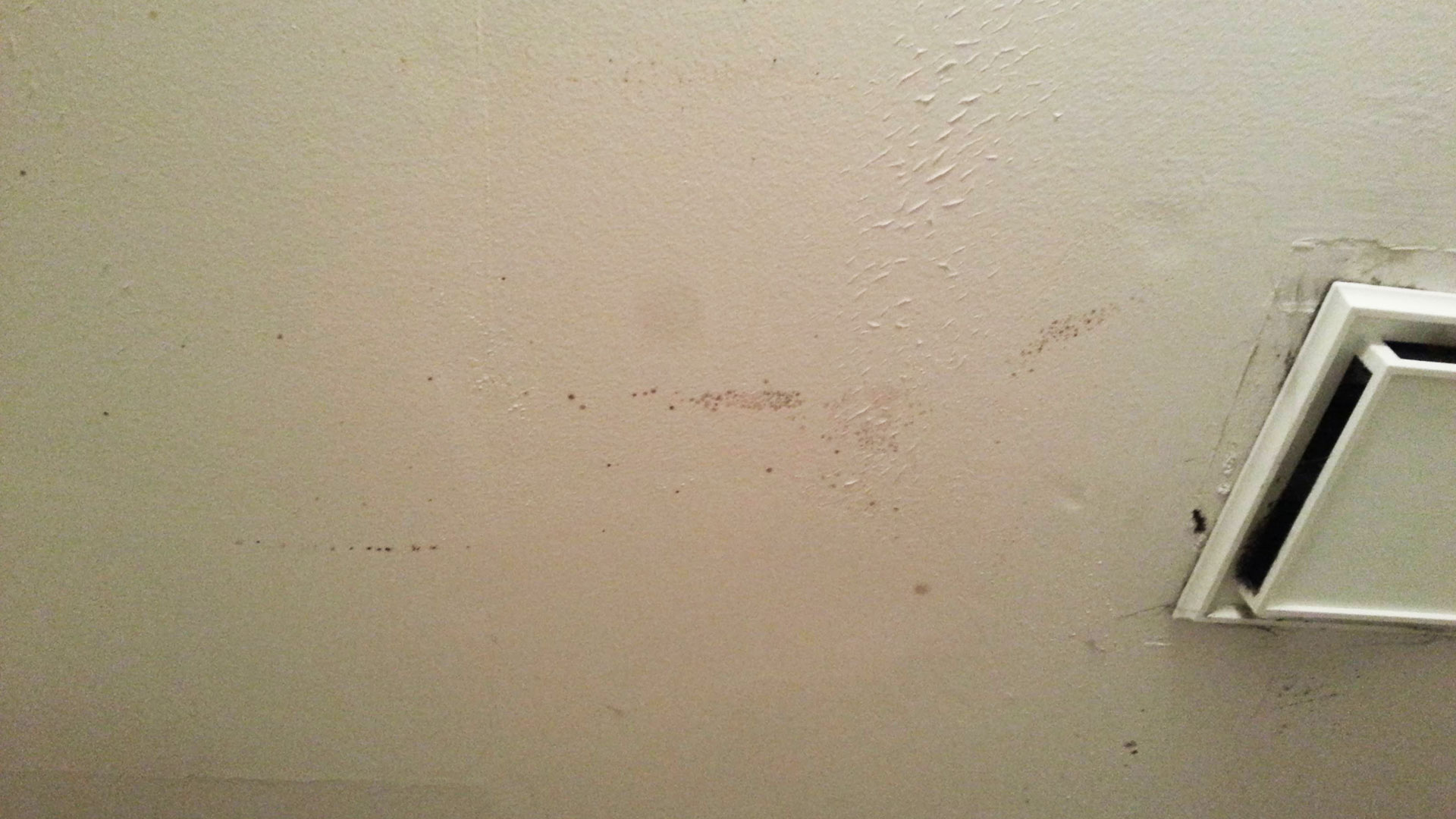Mildew and molds are fungi – simple microscopic organisms that thrive anywhere there is a moist environment. Molds are a necessary part of the environment; without them, leaves would not decay and aspects of soil enrichment could not take place. It is their ability to destroy organic materials, however, that makes mold a problem for people – in our homes and in our bodies.
Mildew (mold in early stage) and molds grow on wood products, ceiling tiles, cardboard, wallpaper, carpets, drywall, fabric, plants, foods, insulation, decaying leaves and other organic materials. Mold growths, or colonies, can start to grow on a damp surface within 24 to 48 hours. They reproduce by spores – tiny, lightweight “seeds”- that travel through the air. Molds digest organic material, eventually destroying the material they grow on, and then spread to destroy adjacent organic material. In addition to the damage molds can cause in your home, they can also cause mild to severe health problems. See the HEALTH section to check for possible mold-related health problems.
The time it takes for mold to grow and appear is dependent on the species of mold, the material it’s growing on, and the amount of moisture it has, among other things. Given the proper conditions, mold will start to germinate and grow as early as 24 hours after encountering the moisture source. In 3 to 12 days, the mold spores will colonize. In 18-21 days, the mold can become visible.
In general, the longer that moisture is present, the greater the chance for mold to grow and spread.When mold spores encounter a moist surface, it starts growing within a few hours, spreading into the material while also filling the air with thousands of mold spores. These mold spores can then travel to other moist surfaces and cause problems in new areas of your property.

